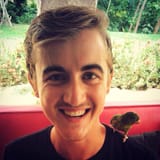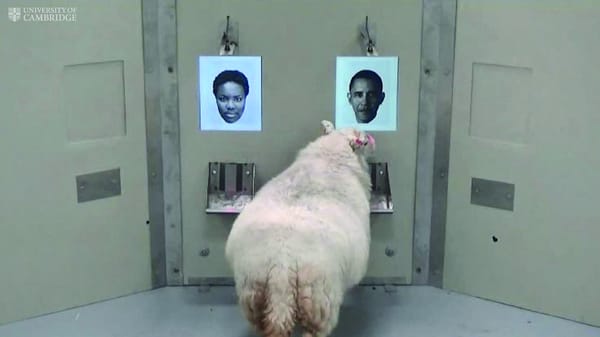Farming in Chernobyl
New study explores growing crops in the area three decades after the disaster.

A leading expert on the long-term environmental consequences of nuclear disasters is to lead a study to help know when and if it is safe to go back into Chernobyl’s human exclusion zone. The results will support Ukrainian authorities in developing a timeline for when and where it will eventually be safe to start using portions of no-go land for growing crops.
The explosion at Chernobyl’s nuclear power station in 1986 was one of the largest nuclear accidents the world has ever seen and resulted in substantial amounts of radioactivity being released into the atmosphere.
Human exclusion of the most contaminated parts of the exclusion zone could remain in force for hundreds of years, but parts of the evacuated area now have quite low contamination levels. Some older people currently live in the zone unofficially, having refused to leave their homes. However, the land cannot be officially re-used without a full assessment of the risks.
Jim Smith, Professor of Environmental Science at the University of Portsmouth, will lead a team of UK and Ukrainian scientists developing the first environmental management information system devised for an exclusion zone following a nuclear accident.
Professor Smith will work with the Ukrainian government and other partners in developing the system. He is an expert in modelling pollution by radionuclides, and is helping the country to develop a plan for the future. It is hoped that the system will ensure that decisions on whether and when to allow farming and other activities to resume in the zone are underpinned by scientific advice.
The human exclusion zone around Chernobyl was put in place due to chronic radiation fallout following the accident. Radiation was detected across Europe – including the UK – and as far afield as Canada. About 135,000 residents were evacuated from the region which then became a no-go zone. The exclusion zone also brought the loss to the country of hundreds of thousands of acres of forestry and agricultural land.
In 2015 Professor Smith published the first long-term study of the human exclusion zone’s environmental health, which found wildlife in the Chernobyl exclusion zone was thriving 30 years after the accident. This is thought to be because of the absence of humans.









